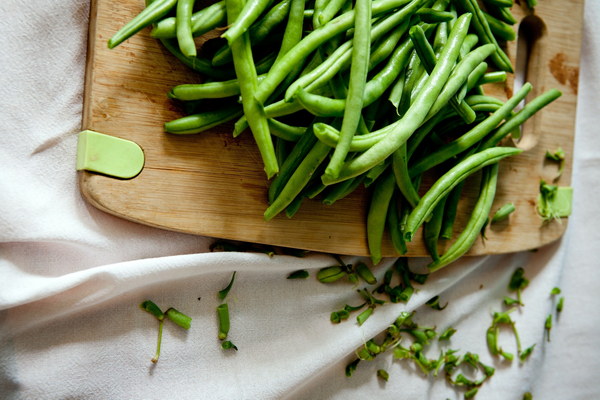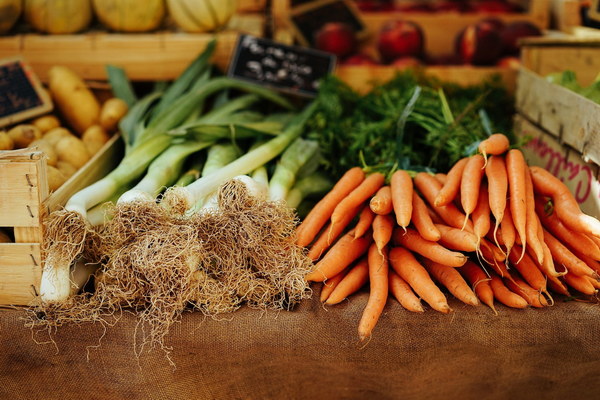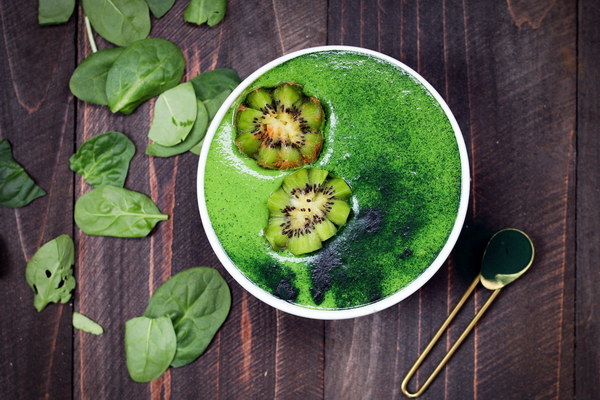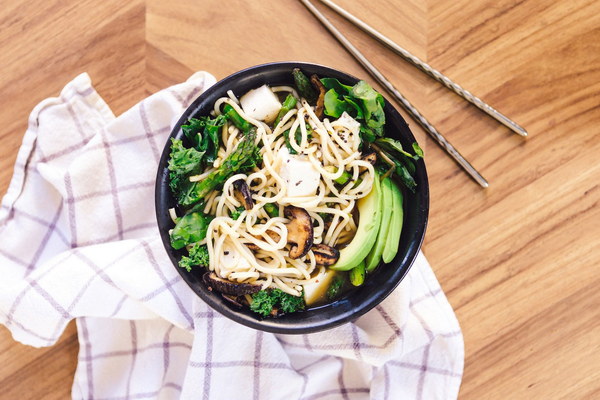The Traditional Art of Meat-Based Nourishment in Rural China
In the rural heartlands of China, the art of meat-based nourishment has long been an integral part of traditional Chinese medicine and everyday life. For centuries, rural communities have used meat not just as sustenance but as a means to enhance health and vitality. Here’s an insight into the diverse and innovative ways in which meat has been utilized to nourish the body and soul.
1. Seasonal Selections
Rural China is known for its vast array of meats, each with its own health benefits. During the winter months, when the body is more susceptible to colds and flu, chicken is a popular choice due to its warm and comforting properties. Pork, on the other hand, is often consumed in spring to boost energy and ward off fatigue. In summer, lean meats such as beef and mutton are preferred for their cooling effects, while fish is a staple in autumn to strengthen the immune system.
2. Herbs and Spices
Meat in rural China is not just cooked plain; it is seasoned with a medley of herbs and spices that not only enhance flavor but also offer medicinal benefits. Ingredients such as ginger, garlic, cinnamon, and goji berries are commonly used. For example, adding ginger to meat dishes is believed to improve digestion and circulation, while cinnamon is thought to warm the body and enhance blood flow.
3. Traditional Cooking Methods
The way meat is cooked in rural China is as important as the choice of meat itself. Braising, stewing, and steaming are all common methods that help preserve the nutritional value of the meat. For instance, stewing meat with vegetables such as carrots, potatoes, and tomatoes is not only delicious but also rich in vitamins and minerals. These methods ensure that the meat is tender and infused with the flavors of the herbs and spices, making it both satisfying and beneficial.
4. The Power of Bone Broths
Bone broths are a cornerstone of traditional Chinese nourishment. Made by simmering bones, cartilage, and connective tissues for hours, bone broths are rich in collagen, amino acids, and minerals that support joint health, immune function, and digestion. They are often consumed as a soothing drink or added to soups and stews, making them a perfect addition to any meat-based meal.
5. The Role of Meat in Rituals and Festivals

Meat also plays a significant role in rural Chinese rituals and festivals. During important occasions such as weddings, birthdays, and the Chinese New Year, a grand feast is often prepared. These feasts typically feature an assortment of meat dishes, symbolizing prosperity, abundance, and good fortune. The selection of meats often reflects the season and the specific rituals being celebrated.
6. The Balance of Meat with Vegetables
While meat is a central component of rural Chinese cuisine, it is always balanced with an abundance of vegetables. This ensures that the diet remains well-rounded and nutrient-dense. Traditional Chinese wisdom suggests that a combination of meat and vegetables creates a harmonious balance that supports overall health.
In conclusion, the traditional art of meat-based nourishment in rural China is a testament to the deep connection between food and health. By utilizing a variety of meats, herbs, spices, and cooking methods, rural communities have developed a culinary heritage that not only satisfies the palate but also promotes well-being. As we look to the future, these time-honored practices offer valuable insights into the importance of balanced, nourishing meals in maintaining health and vitality.









